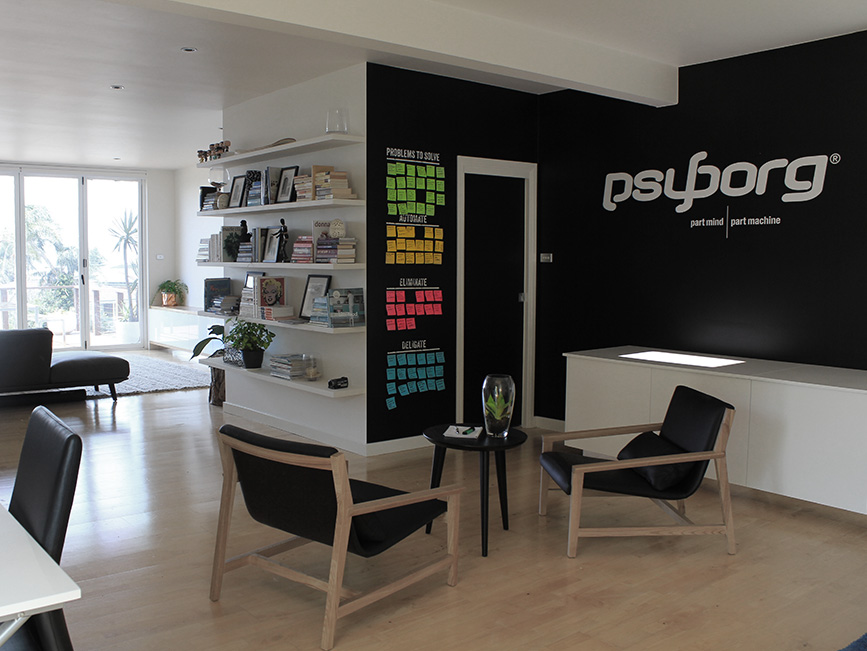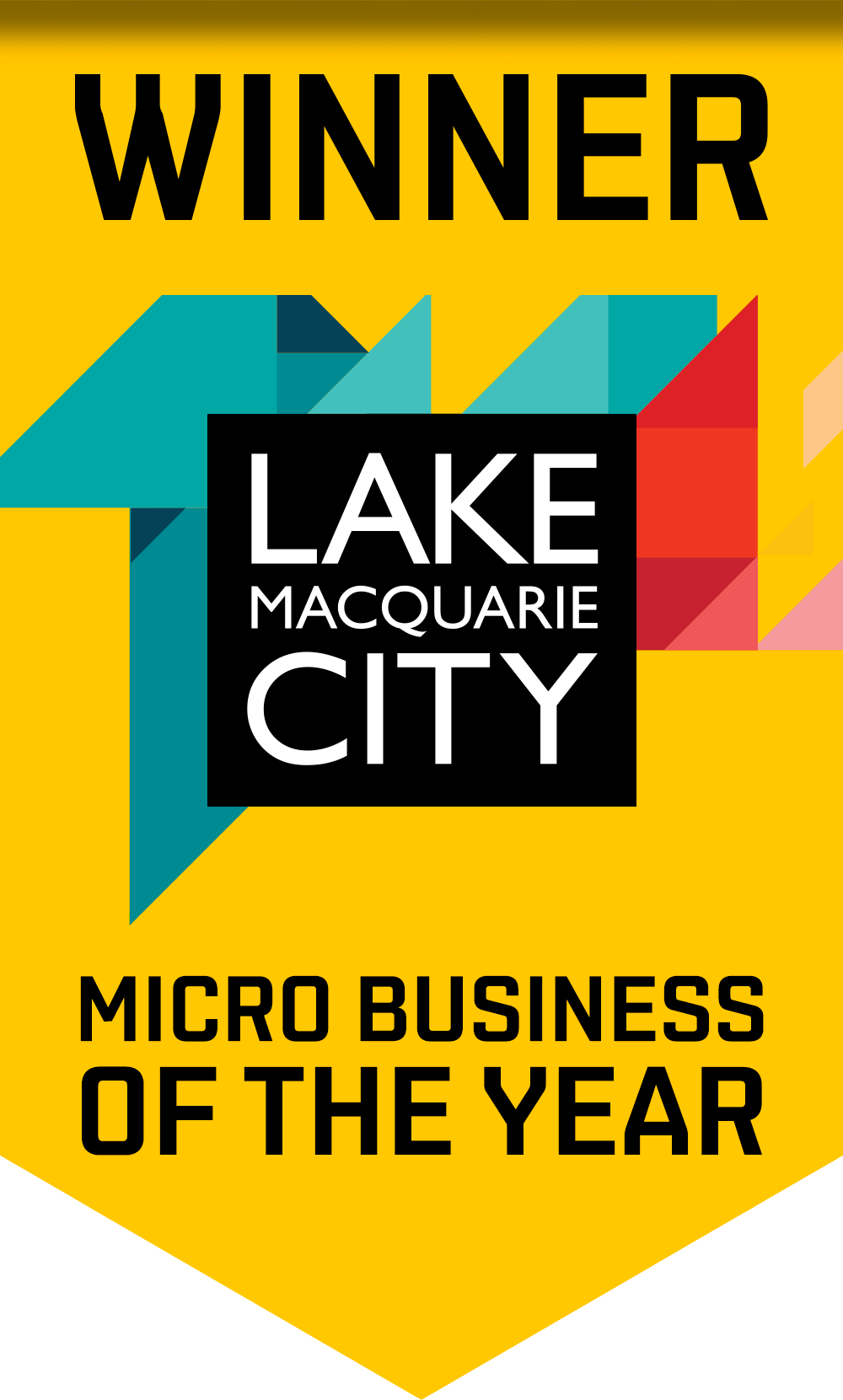The hidden value of keeping time sheets
Many companies and businesses think of time sheets as one of those tedious tasks that simply has to be done which is typically motivated to bill hours. This is not the case for me. For me, time sheets are not only an important tool to keep track of your working day and stay on task but also a tool that can, if used correctly, grow your self awareness and your business!
After working in the engineering game for a few years prior to getting into design, and especially after completing my Associate Diploma of Industrial Engineering, I learned that the true value in maintaining and analysing time sheets is continuous improvement and self awareness.
Time spent and staying on task
When I started my business over 10 years ago the first task I actually did was to set up my first time sheet. Originally my time sheets were categorised into 2 areas; Project Time and Admin Time. At first I saw my time sheets as a way to see where my time was spent. This information helped me bill clients, quote new jobs, determine time frames for work, and turn down work if the load seemed too great.
Along with seeing where my time was spent, I also found it kept me on task. Once I started a task I would stay on task as I knew I was recording it as time spent. It stopped the mid task coffee breaks and email checks. I also found that listing the categories; project time and admin time, helped my general awareness. Some tasks I would do subconsciously, but I found listing these items on my timesheet had me working less in the unconscious mind patterns and helped me become more efficient in the work I was doing.
If helping you quote and bill clients along with staying on task are the only benefits you get from time sheets, then they are still worth doing. It certainly helped me in my business. Although I delved further into the time sheets and started to closely analyse the information my time sheets held.
Data is king
I love data! I like to be able to see information in an easy to read way and analyse the information obtained. At the end of each week I would look at my timesheets and some numbers would stand out to me and I’d think things like ‘I should spend more time on this and not that’, but didn’t think I could do much about it at the time. Week after week the timesheet numbers would jump at me and one day I made the decision to look more closely at this data.
I started to put the data into spread sheets and graphs. Analysing more closely where my time was spent, what jobs earned me the highest income, how much of each category of work I was doing and which clients were the best for my business. I saw that some processes took up lots of my time and I made a decision to get an admin assistant in part time. I also started thinking more closely about my business and more importantly myself, and what I really wanted.
Timesheets and self awareness
Self awareness is being aware of one’s self; your strengths, weaknesses, thoughts, beliefs, motivation and emotions. Self awareness is, I believe, the most important factor to achieving success. Only when you are self aware can you truly see what it is you desire out of life. To become more self aware we must look closely at what we do, and in business I believe this can be done through time sheets and analysing the data they contain.
As I continued to obtain data from the time sheets I began to not only look at the time sheets in a business sense, but as a reflection on myself. This is when I began to develop my self awareness. I saw my business and how it ran. I began to wonder what I wanted out of this business, I started to see where my strengths lied, where most of my revenue was coming in, my weaknesses, I started to think about these weaknesses and whether I wanted to improve these aspects of my business or continue to focus on my strengths and sway the business toward that direction. I critically analysed myself, I started thinking big, what I believed I could achieve, and I made some big decisions.
One of my weaknesses was that I spent all my time working on projects or doing admin work, and to grow my business I really needed to have some ‘Working on the Business’ Time, so my first step was to add this category to my time sheets. I now had three categories; project time, admin time and working on the business time.
I realised time was my biggest issue, I could do so much more if only I had more time to set aside for working on the business. Where could I get more time? Stop sleeping? Well I knew that wouldn’t work. Again I turned to the time sheets to see where I could cut time. I realised I needed to make my business run more efficiently if I wanted more time and the changes that needed to be made. The changes that needed to be made were big, huge even. As part of my ‘working on the business time’ I decided to restructure and revamp my entire business; I went paperless, I redesigned my office, I started putting time into growing my business. Redesigning my office and going paperless cleared the clutter out of my office and in turn out of my mind, I had some clear thoughts coming through and some clear direction of where I was headed. Read more about the effect clutter has on creativity here.
In my new office I created a planning wall. This wall would help me plan business direction and help me find more time. Again most of the things on this wall initially came from the information I found out from my time sheets. I put up four headings; Problems to Solve, Automate, Eliminate and Delegate.

Problems to Solve
Under Problems to Solve I write down things I want to achieve and leave it there until I work out how to achieve it. I have found this part of the wall is having more and more movement. So things are being solved and coming off the wall and more ideas are going up. I have some long term goals up there and I am really excited to see what I can achieve.
Automate
Automate is taking out the human aspect of a task and automating it. I have been able to cut time on many things by automating them. Once I started researching I found some great and reliable programs, such as Xero and Zappier, that are designed to do some of the tasks that I used to take precious time to do. There is so much value in these programs and the time saved is phenomenal!
Eliminate
Eliminate is getting rid of a task all together. Either by automating them or finding a way they were no longer needed at all. It’s funny some things we think we have to do that could simply be eliminated entirely.
Delegate
Delegate is giving a task to someone else. My admin assistant was great for this at first, and now I have been able to employ a junior designer to pass things onto as well. I also found at times I was doing some of the work the client should do and I have begun reminding and passing this back to the client.
Success so far
My biggest goal was to have more time to work on my business, and already I have achieved so much. You are currently reading one of my goals, to start blogging more regularly. I have also recently updated and redesigned my own website, I have begun to use tools such as social media to grow my business, I have more work than ever coming in and am able to successfully take on and complete this work. All my current achievements in growing my business I put down to self awareness, having the ability to know what I want and am going for it. The self awareness came from the data received from time sheets. The value of time sheets is priceless.
Keeping time sheets enable continuous improvement
As you can see time sheets and the data that is obtained by keeping them allows for continuous improvement. If done honestly and consistently the information is invaluable to the growth of your business. The data obtained allows you to see, at a quick view, where your time is spent, what your strengths and weaknesses are, and it is up to you to change this if you have the desire.
So to sum it up: time sheets equal data, data analysis leads to self awareness, self awareness enables growth.

Daniel Borg
Creative Director
psyborg® was founded by Daniel Borg, an Honours Graduate in Design from the University of Newcastle, NSW, Australia. Daniel also has an Associate Diploma in Industrial Engineering and has experience from within the Engineering & Advertising Industries.
Daniel has completed over 2800 design projects consisting of branding, content marketing, digital marketing, illustration, web design, and printed projects since psyborg® was first founded. psyborg® is located in Lake Macquarie, Newcastle but services business Nation wide.
I really do enjoy getting feedback so please let me know your thoughts on this or any of my articles in the comments field or on social media below.
Cheers Daniel


Hi Daniel, Great Blog, and yes I want the Tee shirt – guess I have to earn it eh? Love the look of your studio now and your use of the coloured sticky notes, that’s a great system. I would love to go paperless but can’t quite get that happening, I just find it so much easier to carry a paper notebook for jotting down thoughts, ideas, inspirations etc whilst out and about, just can’t seem to get technology to work well for me in that area. Where I find technology fabulous is in having all my emails available on my phone. Whenever I have a few moments of waiting time (other than sitting at traffic lights of course) I can scan messages and have become very adept at fast reading and deleting so my desktop inbox is generally quite empty of anything other than important messages. Well done on your blog
Hey Tony. Thanks so much for your input… the psyborg® tee is yours! I’ll email you about getting it to you. Regarding paperless, i’d never suggest forgoing your sketch pad for paper, it’s very important that this is easily accessible for inspirational moments and I use this method regularly also! I see paperless being more useful in eliminating the mundane documentation that can weigh us down and halter creativity, the stuff that we want to add to our sketch pad! I’ve actually written about how I went paperless here which should give you some great insight into my process! Chat soon.
Such an interesting approach. As a labour hire business timesheets for us are critical to generate data to process payroll and to invoice our clients. To use timesheets to analyse what you are working on and how effective you are allocating time would be effective. As usual you are providing information that encompasses so much more than design.
I look forward to gaining more insight from the mind machine minute
Thanks for the feedback Craig! Yes, time sheets are so much more, I like them as the data contained can reveal patterns that can be optimised, replaced or removed enabling continuous improvement. I know it’s not directly related to the field of graphic design but I think it relates to design thinking which is all about solving problems so in a way it has relevance. I’m looking forward to releasing my next article soon. Thanks again.
Hi Dan
I’m curious do you schedule out in a day where you spend you intend on spending your time first? I began doing that this year as well as time sheets and you are right it gives you a huge insight into what you are spending time on and makes you focus on those eliminations as well.
Do you use a program for time sheets or just a simple spreadsheet?
Hey Beau
I do but it is very loose. I have 4 lists, projects that I am working on, admin tasks, on the business tasks and marketing tasks. The same categories that are in my time sheets. I choose a tasks based on priority (defined by my vision), sometimes following the Pareto rule.
And yes my time sheets are spreadsheet based, I have not found a platform that is as customisable as a spreadsheet.
Great article, I am going to start time sheeting tomorrow
Good stuff Christine and great chatting with you on facebook 🙂
Hey Daniel,
Excellent post and exactly where we are at with our business.
We have are tracking all our time in an app called timely. But haven’t broken it down into strengths and weaknesses and then further into the 4 categories for Problems to solve, Automate, Eliminate, Delegate. I’d say this is the next key step and this blog post has been very helpful in making sense of the data by grouping it, then exploring it further!